Want to explore off the beaten path Portugal? It’s not hard to find! Ever heard of Castelo Velho, Casa Grande Museo, Prazo, or Castelo de Numão? Neither had we before setting out to explore these 4 intriguing Portuguese archaeological and historical sites hardly anyone visits. Join us as we venture west of Vila Nova de Foz Côa, Portugal.
Disclosure: This post contains affiliate links. If you buy something from one of our affiliates, we receive a small commission at no extra charge to you. Thanks for helping to keep our blog up and running!
Table of Contents
Off the beaten path to discover Portugal’s past
It all started with a map.
When we picked up a detailed country map to start planning our Portugal travels, the words “archaeological park” immediately caught my attention. It led us to Vila Nova de Foz Côa and Côa Archaeological Park.
While we love hiking, we also enjoy the exploring the past and Foz Côa is a perfect base for off the beaten path adventures.
First stop? If you want to go beyond the guidebook, find a local tourist information office… and another map.
This one included archaeological and historic sites in the local area. From prehistoric hilltop fortresses to Roman ruins to historic castles – there is so much to see in this area and so little time.
Charting a path and picking a realistic number of sites to visit is the first step for any off the beaten path adventure. We’d already discovered that Portugal’s back roads are best savoured slowly. And having visited several castles already, we knew that exploring every nook and cranny takes a bit more time than anticipated – always!
In the end, we chose 4 historical sites: Castelo Velho (a prehistoric hilltop fortress dating back to the 3rd Millenia BCE), Casa Grande Museo (historic mansion built on top of Roman ruins and now a museum), Prazo (Roman ruins) and Castelo de Numão (historic castle).
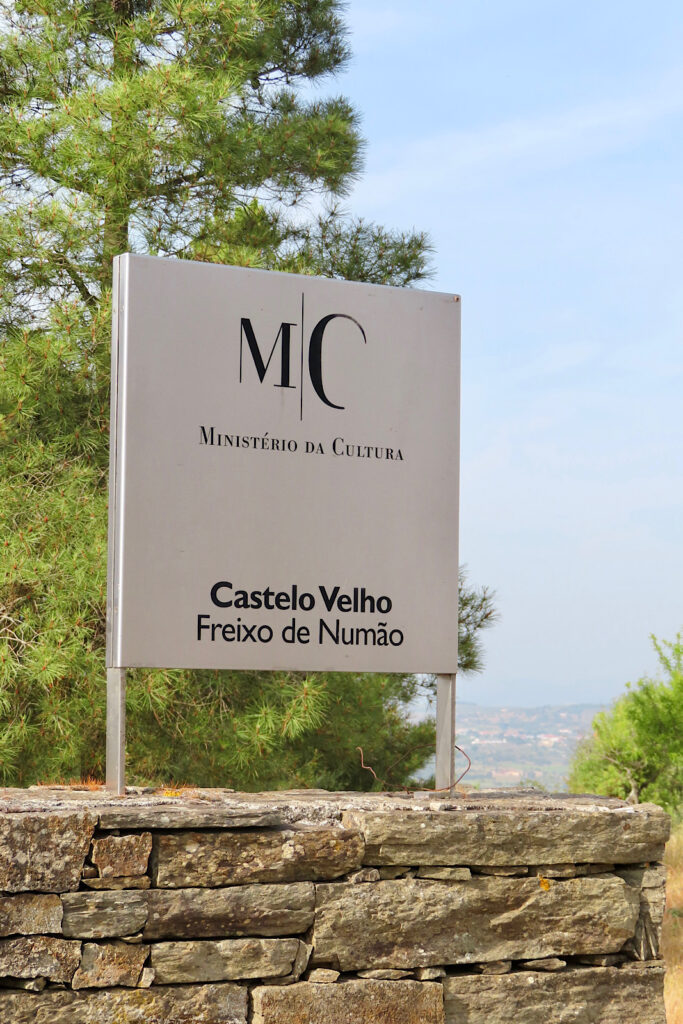
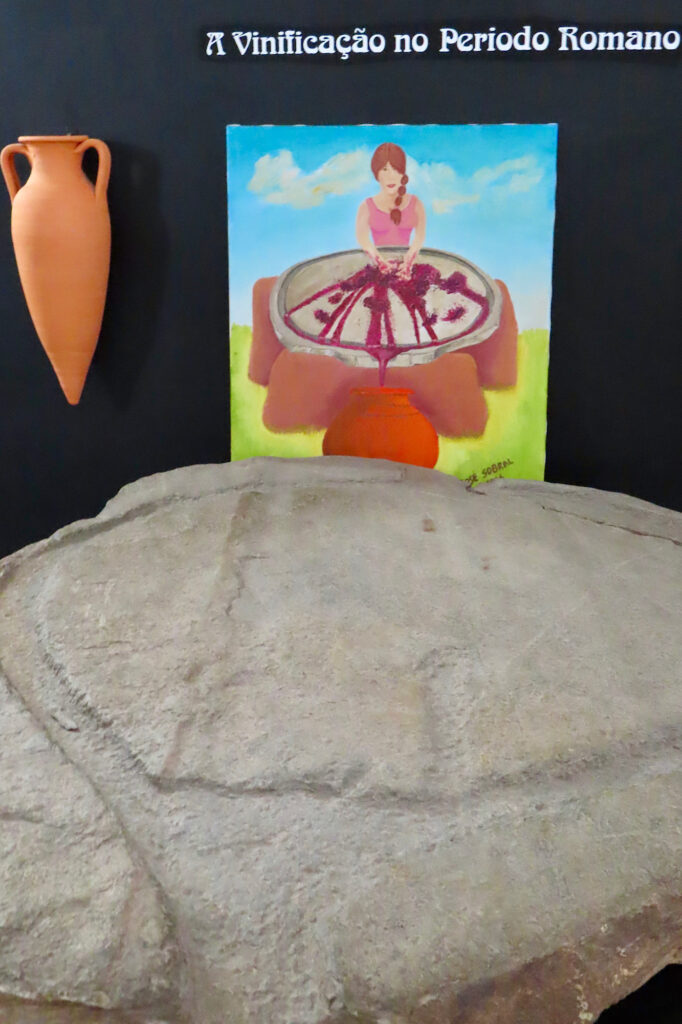
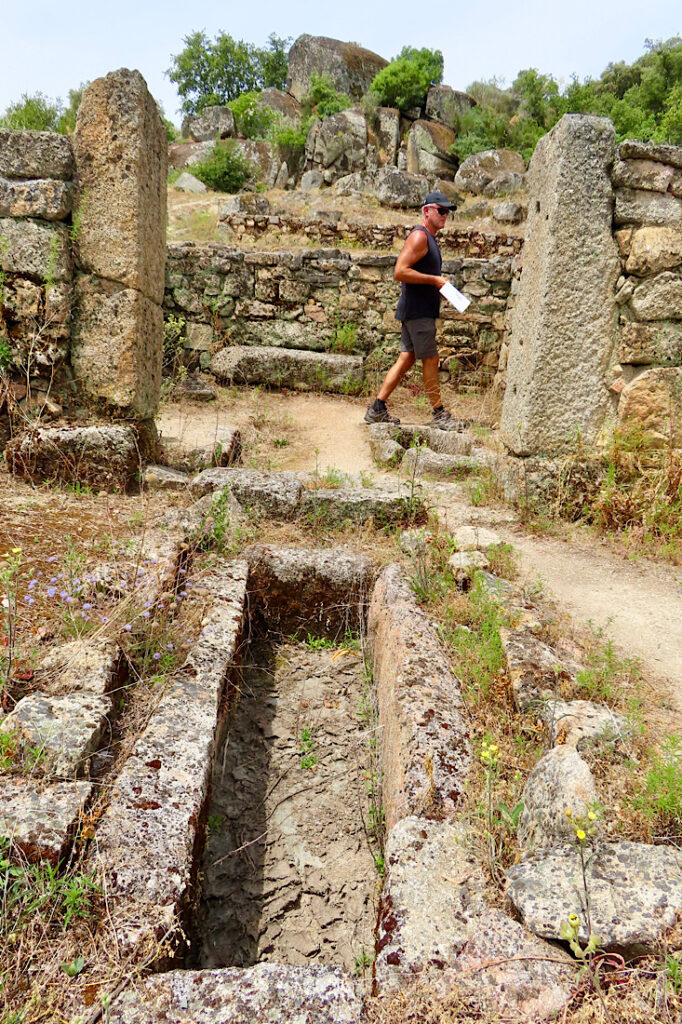
Did you know?
When dating historical events, BC (“before Christ”) and AD (Anno Domini or “year of the lord”) are more commonly replaced these days by BCE (“before the common era”) and CE (“common era”).
In other words, 3000 BC and 3000 BCE are the same year. When you go off the beaten path in Portugal – whether you note it as AD 2024 or 2024 CE – a variety of Portuguese archaeological sites are guaranteed to be there to greet you!
Must-see Portuguese archaeological site: Castelo Velho
We picked this first stop straight off the new map and were happy to find a well-signed approach on a series of narrow back roads. Surprisingly, there was a lot of infrastructure at one time. Today the entrance booth and viewing tower are closed. A window is broken. A large wide gravel path has troughs dug in from water runoff. The wooden boardwalk around the site has missing and broken boards.
Even so, this site captured and held our interest.
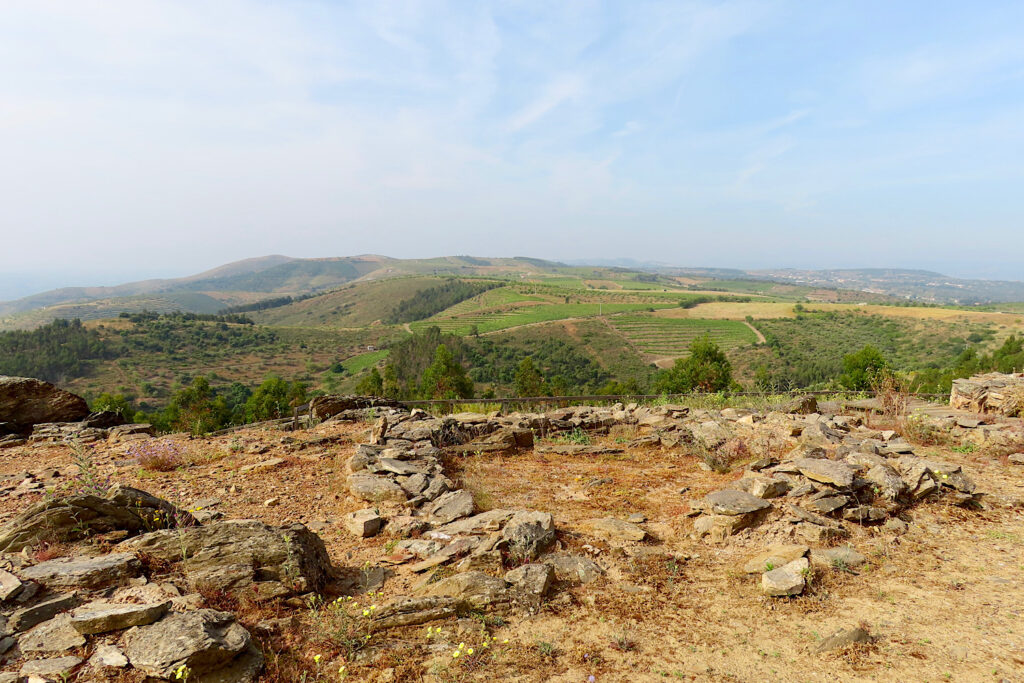
Using Google translate, we read the interpretive sign and then dug deeper with a little search engine research. Translating from a paper Gear Guru found online, we discovered that this site dates back to the 3rd and 2nd Millenia BCE. These periods are also referred to as the Chacolithic and Bronze Ages.
This means we are standing inside a structure as old – if not older than – the pyramids in Egypt.
And where are the crowds?
There’s absolutely no one here but us. When we go off the beaten path in Portugal, we don’t have to go too far to find the coolest places!
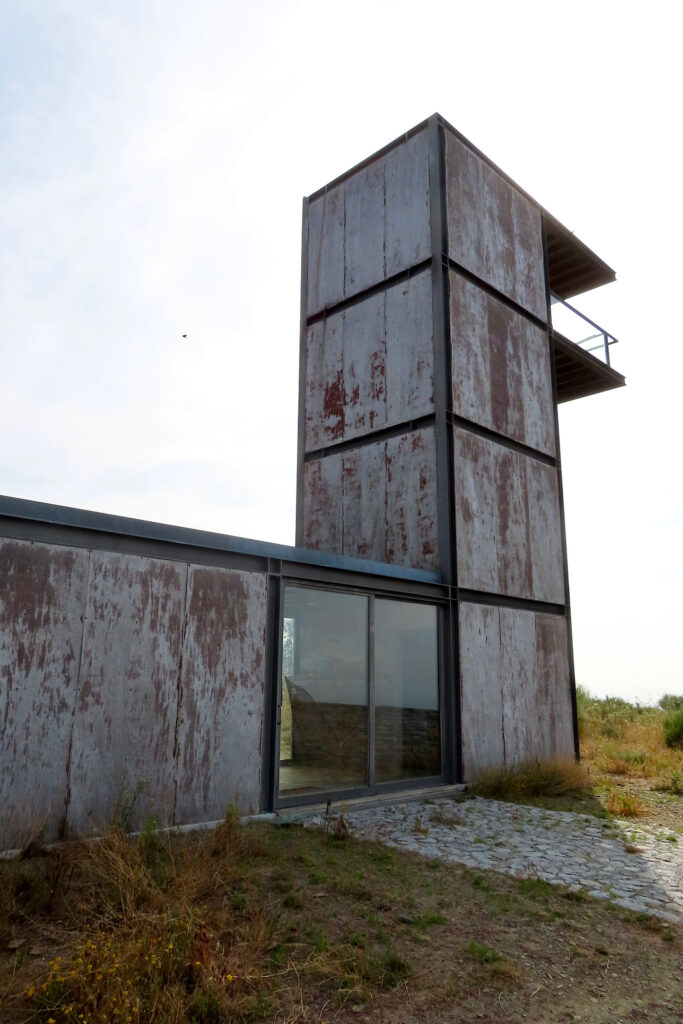
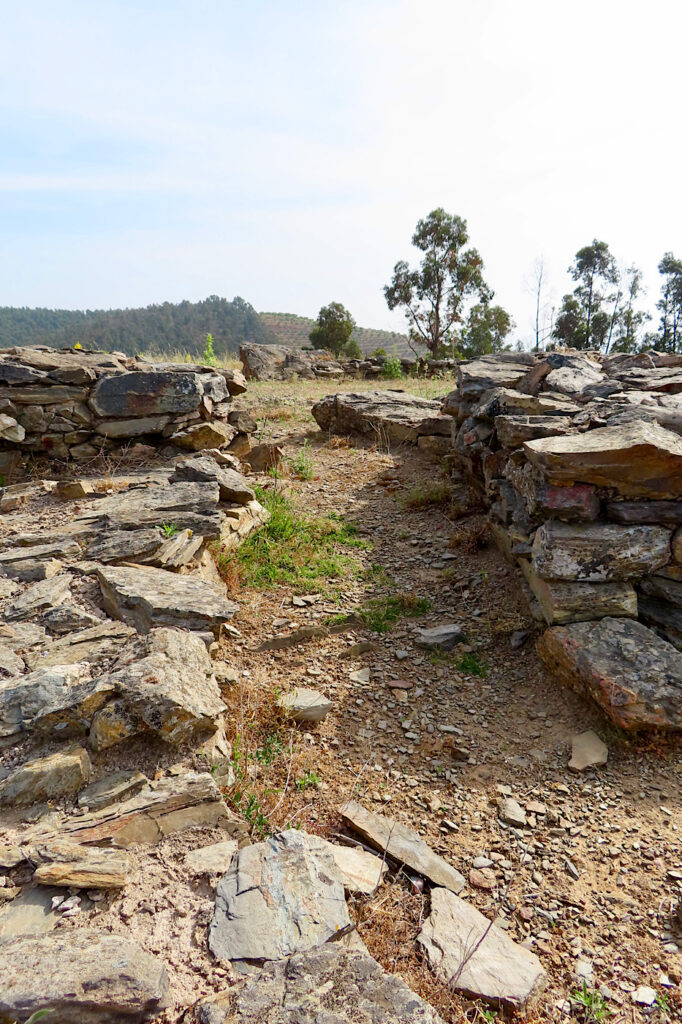
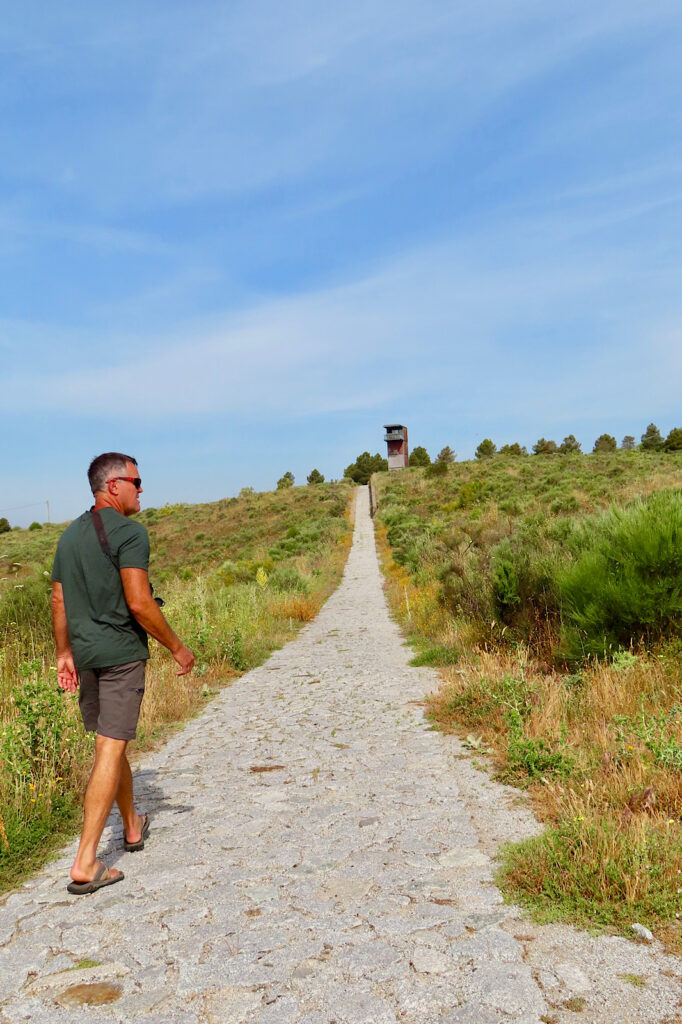
Learn more at Casa Grande Museu
We stopped for the Casa Grande Museu in the sleepy little village of Freixo de Numão (fray-show day nu mow). The ornate home turned museum sits on a quiet, pedestrian only street. It holds a treasure trove of artifacts from prehistoric (Paleolithic), medieval, and “modern” time periods.
We were entranced.
Inside, there’s a model of Castelo Velho and artifacts from the archaeological dig at the site as well as artifacts related to farming and food production (from wine to olive oil to almonds).
Outside, visitors can tour the yard. The property is built on top of the Roman ruins of a grain storage building, a forge, mill and weaver’s area. But the area’s human history has deeper roots. Archaeological surveys have found evidence that the village site has been occupied since at least 20,000 BCE.
Best part?
Again, we had this historical site to ourselves. It was a private tour of a captivating collection of archaeological artifacts.
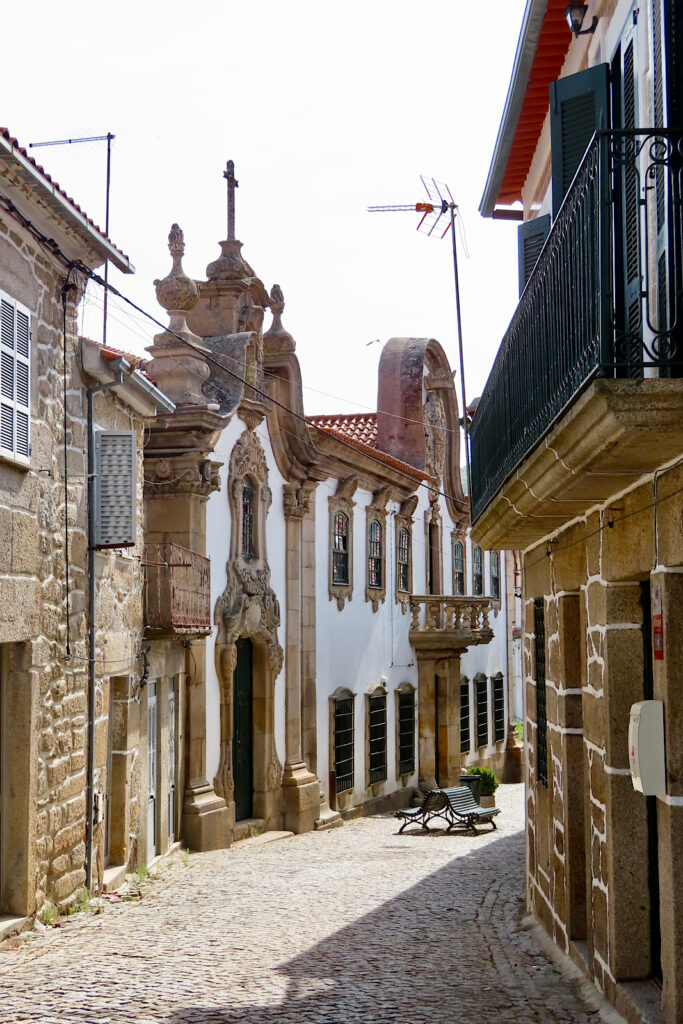
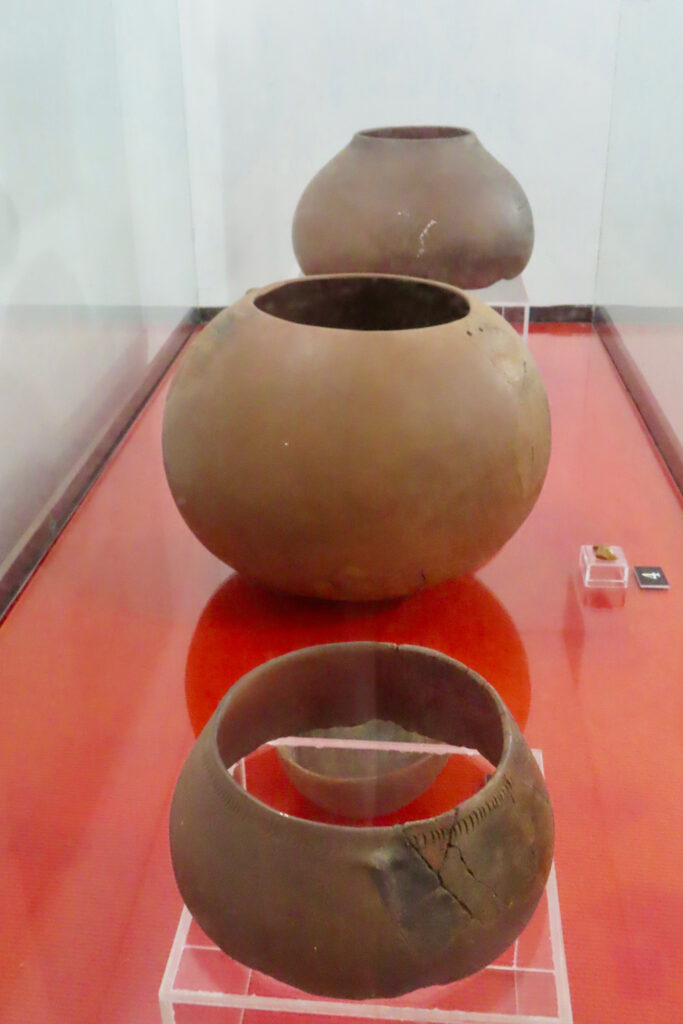
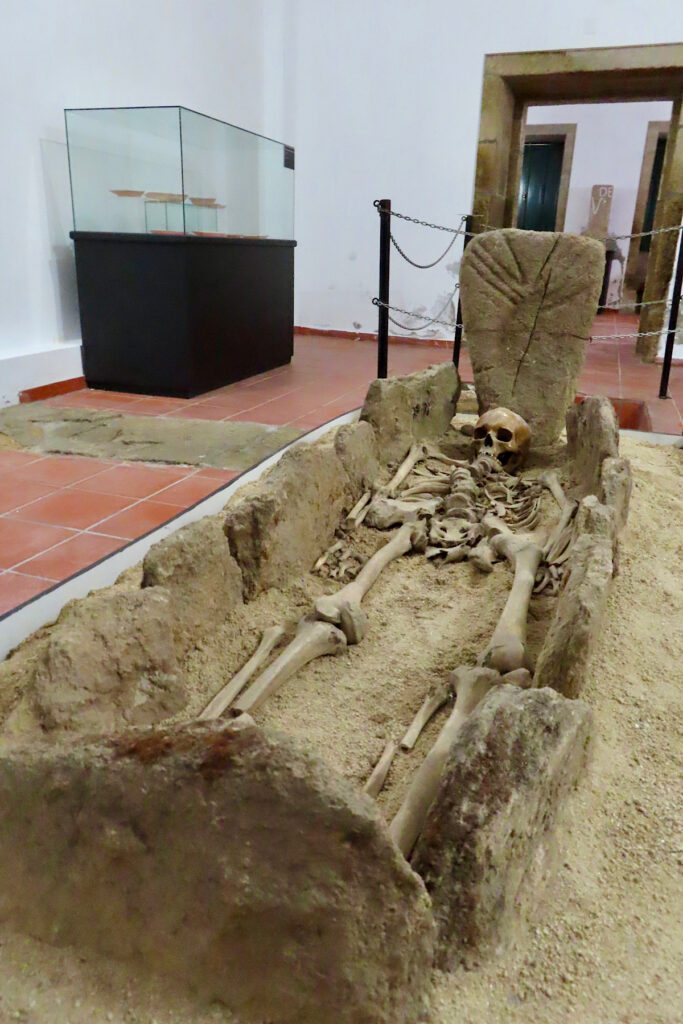
Step into the past at Prazo
They call it the “Machu Picchu” of Portugal.
Having wandered the ruins of Machu Picchu, I can tell you it is nowhere as large or as developed… or as touristy! There is however a spirit here at Prazo that fires the imagination and excites the soul. It’s the same feeling I felt when exploring the prehistory of Peru.
The Prazo archaeological site is located near Freixo de Numáo in northeastern Portugal. There’s a local legend of a place known at “old Friexo” whose location was a mystery for centuries.
We weren’t sure what to expect as we drove the single-lane road for three kilometres (1.9 mi) from Freixo de Numão. I can see why tour buses don’t frequent the site, but it didn’t explain why there weren’t any other tourists in rental cars or Europeans in their personal vehicles.
Finding treasures
The large parking area, once complete with fancy light posts is now somewhat overgrown. A whitewashed guardhouse is abandoned. The stone interpretive amphitheatre is empty. But the site… oh, the site… remains like a priceless jewel waiting to be appreciated.
About 50 years ago, while clearing a hilly slope for almond trees, schist graves and pieces of Roman columns were uncovered. An archaeological dig in the early 1980s revealed a Roman villa – dating from the 100-200 CE.
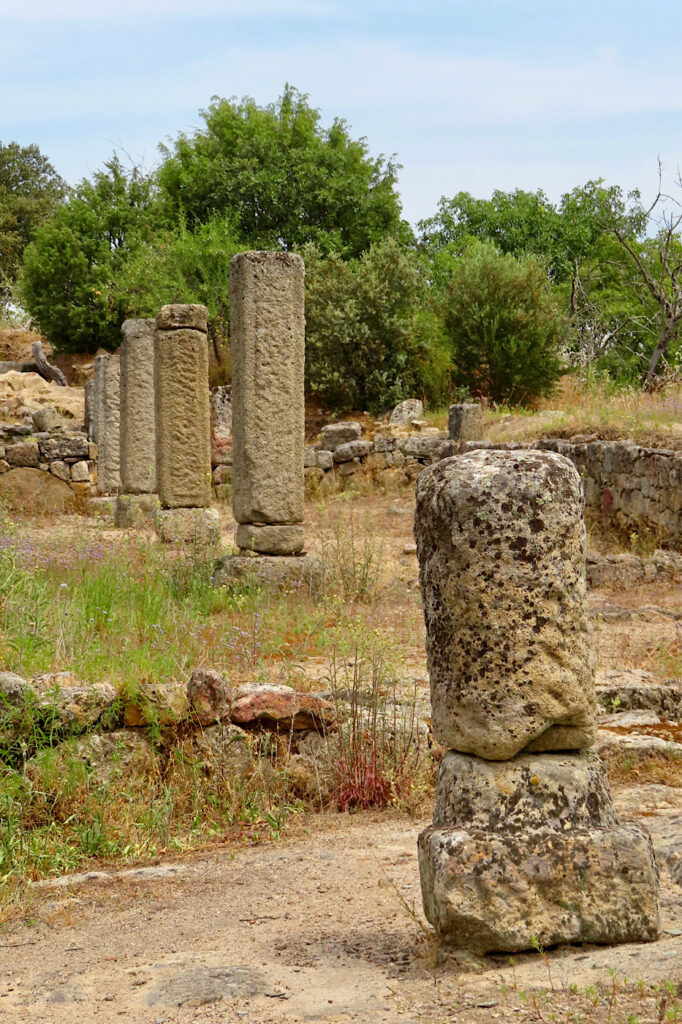
More extensive fieldwork in the mid 1990s uncovered proof of Paleolithic habitation. Carbon dating confirmed occupation back to the Mesolithic period or Middle Stone Age – dating approximately from 10,000 to 8,000 BCE.
We wandered at will peering into the stone oven, admiring the faint carvings still visible on stone pillars, walking past eery gravesites, standing close the tall menhir – or stone monument – standing higher on the hillside, and trying to visualize the Roman baths that existed here at one time.
Set out on a adventure to Numão Castle
It was on the map, so of course we had to go investigate! Did we see anyone else as we climbed up through the wall to the keep and tower?
Nope.
We wandered at our leisure, letting imaginations fly as we walked through the gate, admiring the stone masons work, before heading up past wells and stone house foundations. We gazed up into the center of stone towers and sauntered along sections of the stone perimeter.
Entrance fee for this historic adventure?
Nothing.
Intriguing castle ruins with towers and gates and walls and it doesn’t cost anything to visit. It begs the question – why don’t people explore off the beaten path Portugal more?
We were still shaking our heads in wonder as we head back towards our little home away from home in Foz Côa.
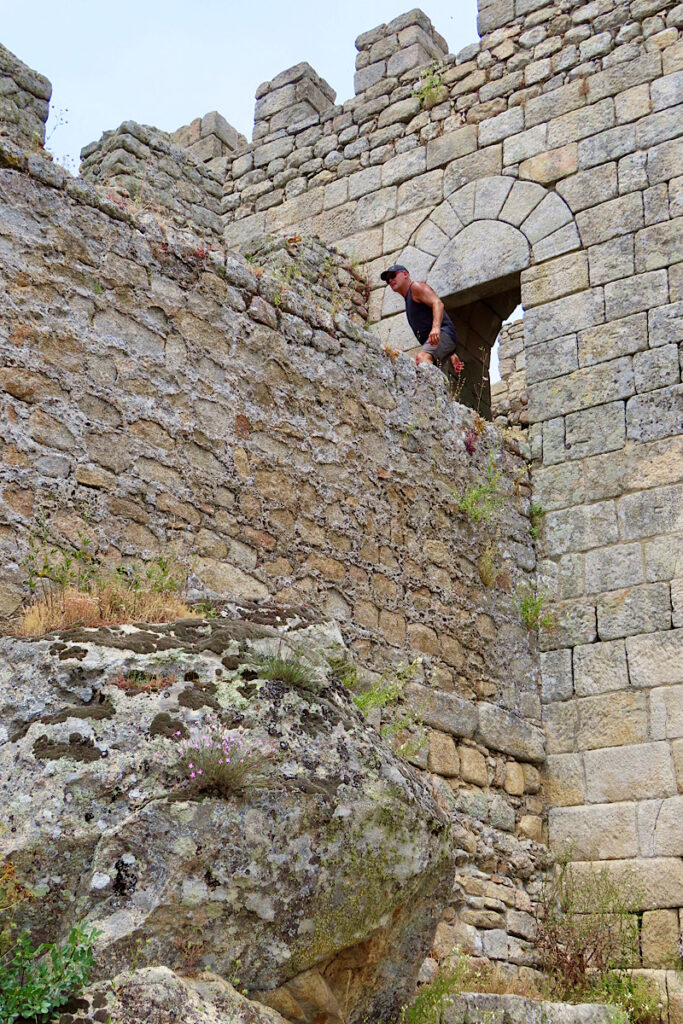
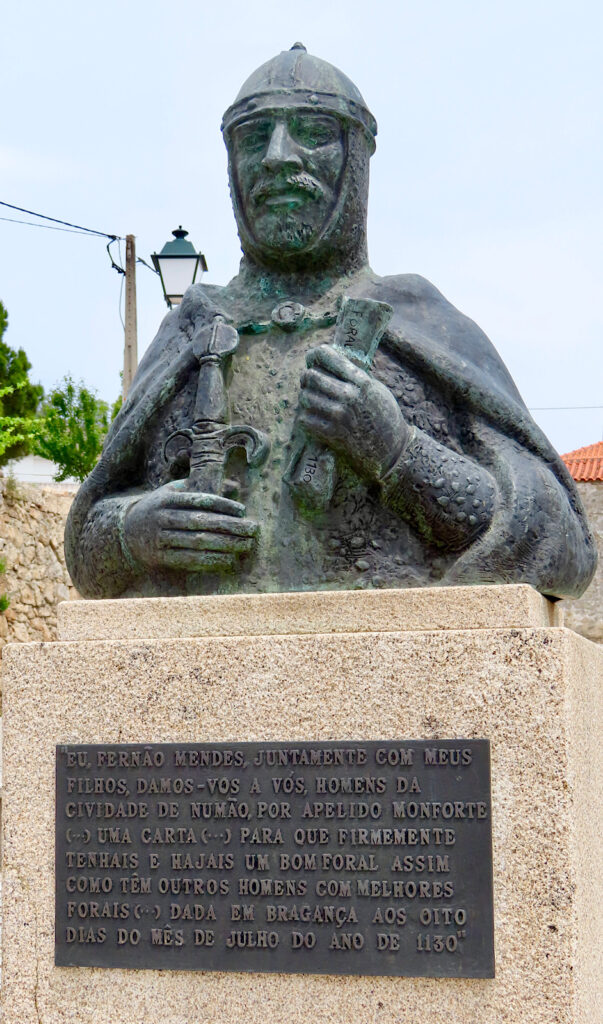
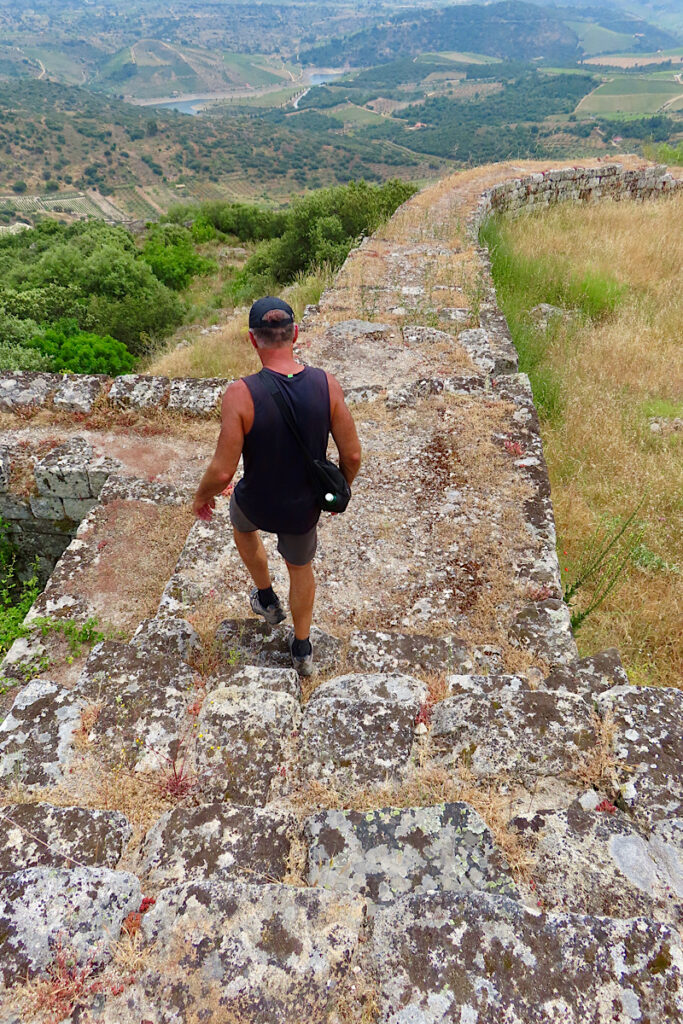
When you go
Save money on entrance fees by purchasing combined entrance tickets for Côa Museum + Casa Grande de Numão de Freixo Museum
In the museum, we found a copy of the English version of “Archaeological Tour Freixo de Numão: Tourist’s Guidebook.” Look for it if you want more in-depth information.
Step off the tourist track in Portugal. I guarantee you won’t be disappointed if you can look beyond the lack of gloss and glitter to see the rare beauty of the historical gems you discover. Don’t miss the walking the wall or exploring the megaliths near Évora!
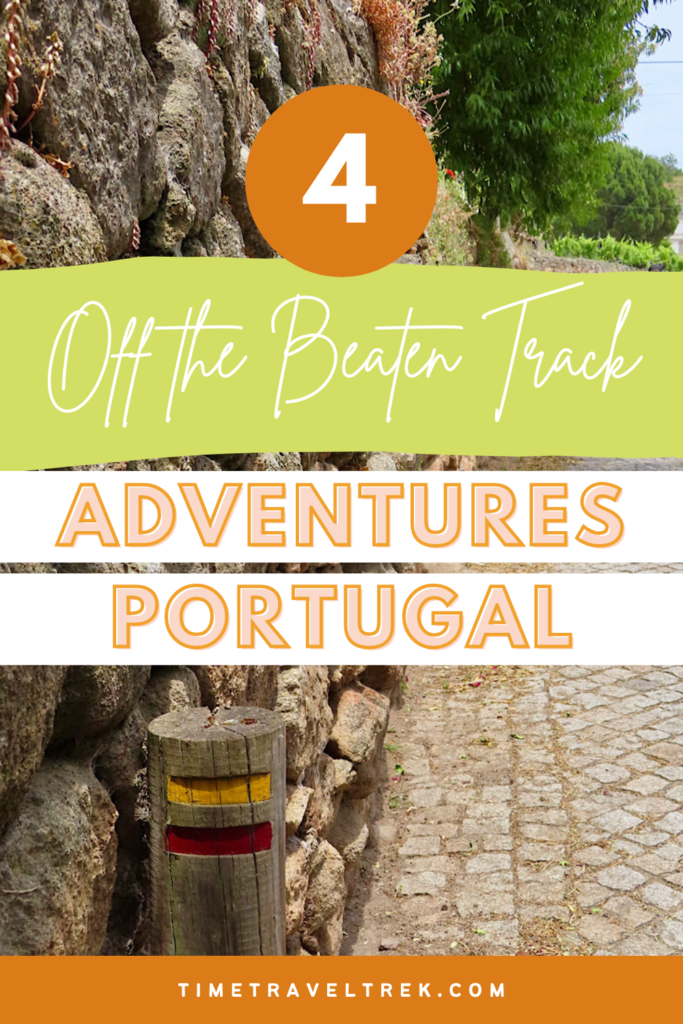
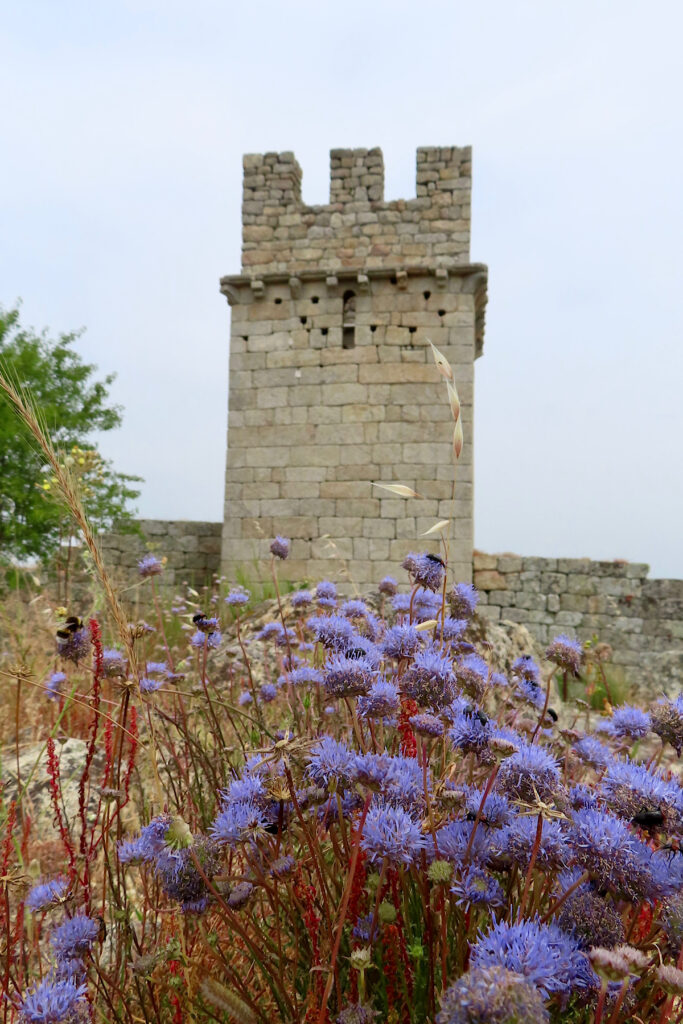
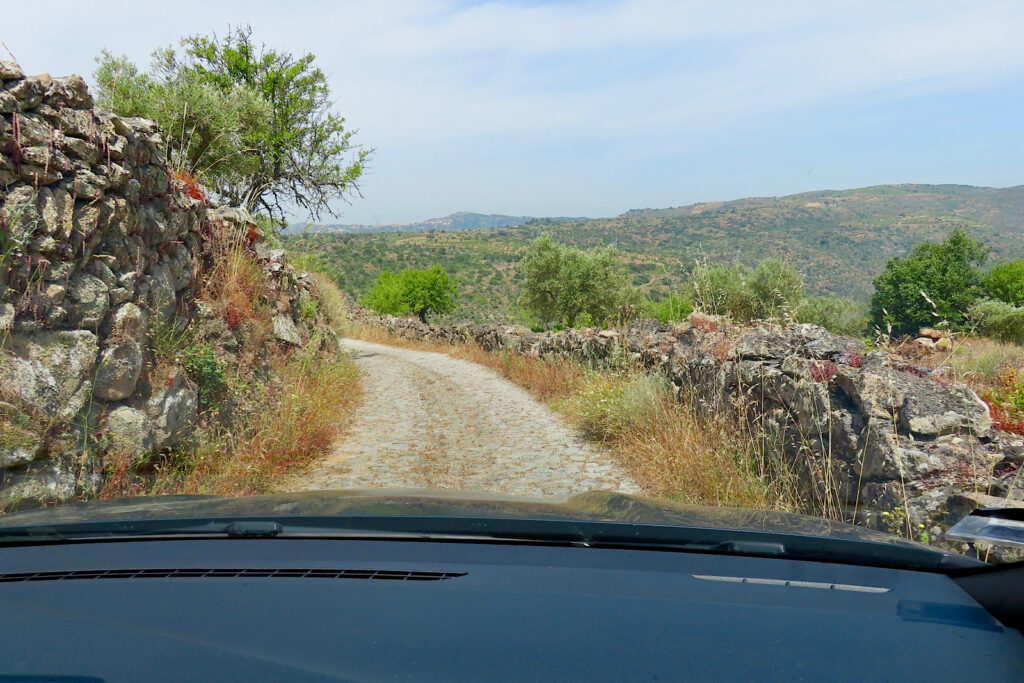
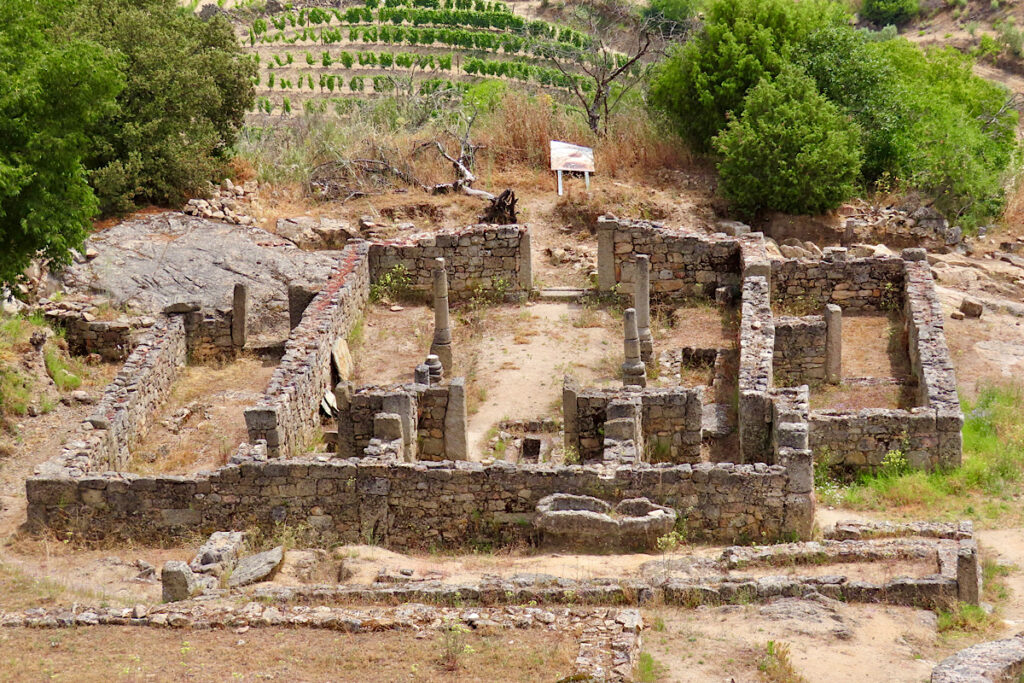
Leave a Reply